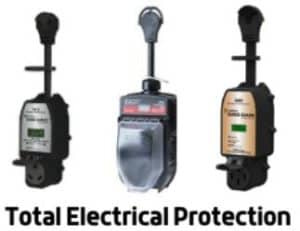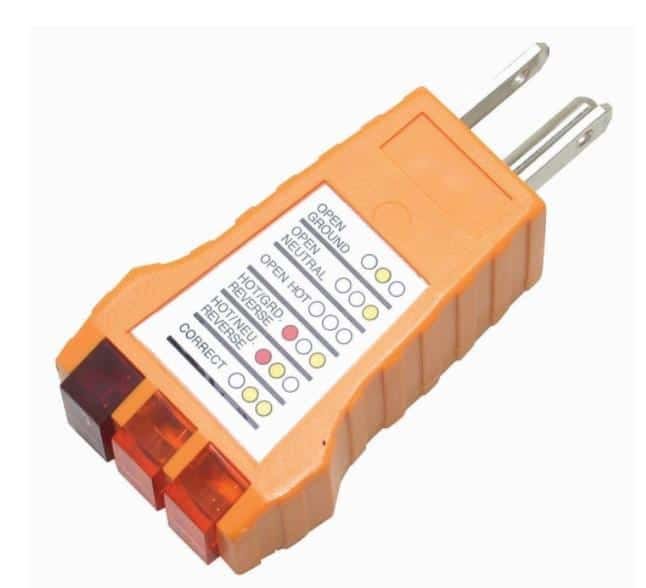Is bonding a generator really necessary?
Let’s take a deep dive into how generator bonding works
Dear Mike,
I just read your article regarding generator bonding. I’m curious if using a bonding plug in a floating neutral generator vs. just using the generator as-is made any difference safety-wise?
I have a WEN 3800-watt generator and a travel trailer with no EMS. Based on your article, it seems like I can just plug and play. However, I wanted to get your opinion on whether the bonding plug somehow makes things safer for my family and/or if it allows the GFCI outlets in the trailer to work.
It seems like everything I read contradicts someone else when it comes to using bonding plugs, grounding rods, and surge protectors with floating neutral generators.
Thank you for your help!! —Rob S.
Dear Rob,
Thanks for your questions. Generator grounding and bonding is indeed a confusing issue, even for manufacturers and electricians, but here’s what I know…
If you don’t have an EMS surge protector, you may not need a bonding plug
That much is accurate. I designed (but didn’t patent) the Generator Bonding Plug to take care of the EMS open-ground failure error when powered from a floating neutral generator.
While you can’t get a hot-skin voltage from a floating neutral generator, the EMS Surge Protector assumes you’re plugged into shore power because it senses the voltage difference between the neutral and ground conductors.
GFCI outlets need a bonded generator to work
It’s true… A GFCI powered by a generator with a floating neutral won’t trip if you make contact between an energized surface and the RV chassis ground plane.
But that’s because there’s no fault current to unbalance the GFCI sense circuit and cause it to trip. So while the GFCI won’t trip, there’s actually no danger of getting a shock because there’s no fault current flow.
Without a bonded generator, outlet testing is difficult
As you may have noticed, with a floating neutral generator powering your shore power, it’s impossible to test your RV outlets for proper ground or neutral/hot polarity.
The humble 3-light outlet tester is a great way to confirm that your inside outlets are wired correctly. It provides a great way to do a periodic GFCI test.
Some appliances won’t work without a ground bond
I’ve noticed a number of modern appliances, like residential refrigerators and furnaces, that have open-ground sensors that won’t allow them to power up with a floating ground. So in that case, a G/N bond plug on a floating neutral generator is required.
BTW: You DO NOT need a grounding rod
There’s no requirement for a grounding rod on your portable generator that’s powering your RV. Of course, that can change if you were powering a number of RVs from a large central generator. But that’s not what we’re discussing here.
Voltage readings….
The generator neutral/ground bonding plug creates what’s called a local ground plane, which allows the GFCI outlets to work, and all outlets to have the expected N-G, G-H and H-N voltage relationships.
OK, everyone. Remember that electricity is a useful and powerful force, so we all need to pay attention to safety precautions while using it.
Let’s play safe out there…. Mike










Hello Mike,
Thank you for the informative article. Could you please clarify regarding the use of a ground-to-neutral bonding jumper for use on a portable generator: Is it the case that, while the jumper may not be required or serve any purpose in some instances, is it ever the case that the installation of the ,jumper can be harmful or create problems? (1. I am of the understanding that the ground-to-neutral bonding jumper should always be installed. That approach simplifies things. 2. It is further my understanding that if there are multiple people/multiple devices being powered from a portable generator, then the National Electric Code requires a GFCI between the generator and the loads. On the other hand, it is also my understanding that a GFCI does not require connection to a ground, much less that the neutral and ground be bonded together. The GFCI trips when there is an imbalance greater than 5 mA between the current in the line ("hot") conductor and the current in the neutral conductor. This imbalance can occur for numerous reasons. not all of which require a conductive path from the line conductor to earth ground. (GFCI's still function at electrical outlets for which there is no earth/safety ground conductor present.)
Mike - I'm not sure how to reach out to you other than by commenting on an article you have posted. I'd like to know how to submit a new question to you for your RVelectricity Substack.